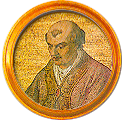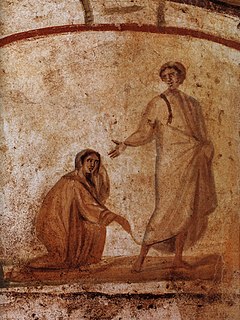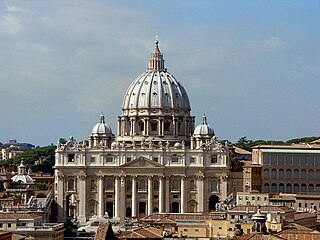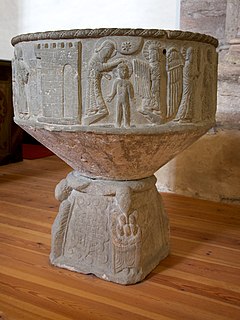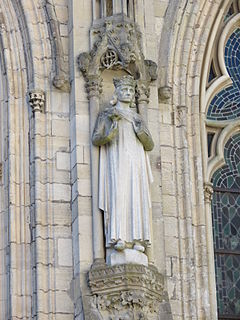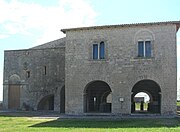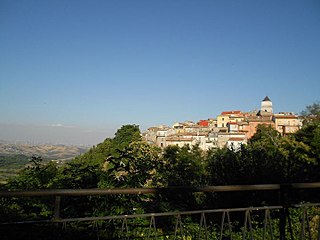| Abbey of the Most Holy Trinity | |
|---|---|
Abbazia della Santissima Trinità | |
 The Parco Archeologico of Venosa, with the walls of the Incompiuta (centre, right) and part of the old church (left, with pink roof); in the foreground, the remains of Roman Venusia | |
| Basic information | |
| Geographic coordinates | 40°58′10″N15°49′39″E / 40.9695°N 15.8276°E Coordinates: 40°58′10″N15°49′39″E / 40.9695°N 15.8276°E |
| Affiliation | Roman Catholic |
| Municipality | Venosa |
| Region | Basilicata |
| Website | Comune of Venosa |
| Architectural description | |
| Architectural style | |
| Groundbreaking | Fifth century |
| Completed | not completed |
The Abbey of the Santissima Trinità or Abbey of the Most Holy Trinity, Italian : Abbazia della Santissima Trinità, is a Roman Catholic abbey complex at Venosa, in the Vulture area of the province of Potenza, in the southern Italian region of Basilicata. The architecture of the abbey shows Roman, Lombard, and Norman influences. The complex lies within the Parco Archeologico ("archaeological park") of Venosa, approximately 1.5 km north-east of the town; it falls under the Roman Catholic Diocese of Melfi-Rapolla-Venosa. It consists of the old church, of uncertain date; the monastery buildings; and the Incompiuta, the unfinished or new church, begun in the last quarter of the eleventh century and never completed. The complex was declared a National Monument by Royal Decree on 20 November 1897. [1] It is no longer a monastery, but is used by the Trinitarian Order. [2] :67

Italian is a Romance language of the Indo-European language family. Italian, together with Sardinian, is by most measures the closest language to Vulgar Latin of the Romance languages. Italian is an official language in Italy, Switzerland, San Marino and Vatican City. It has an official minority status in western Istria. It formerly had official status in Albania, Malta, Monaco, Montenegro (Kotor) and Greece, and is generally understood in Corsica and Savoie. It also used to be an official language in the former Italian East Africa and Italian North Africa, where it plays a significant role in various sectors. Italian is also spoken by large expatriate communities in the Americas and Australia. In spite of not existing any Italian community in their respective national territories and of not being spoken at any level, Italian is included de jure, but not de facto, between the recognized minority languages of Bosnia-Herzegovina and Romania. Many speakers of Italian are native bilinguals of both standardized Italian and other regional languages.

An abbey is a complex of buildings used by members of a religious order under the governance of an abbot or abbess. It provides a place for religious activities, work, and housing of Christian monks and nuns.
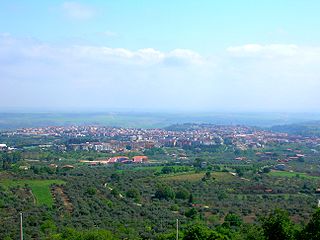
Venosa is a town and comune in the province of Potenza, in the southern Italian region of Basilicata, in the Vulture area. It is bounded by the comuni of Barile, Ginestra, Lavello, Maschito, Montemilone, Palazzo San Gervasio, Rapolla and Spinazzola.


